I recently came across insights (http://bit.ly/4kBk9sH) shared by Inderpreet Kaur from Omdia, highlighting a growing trend in the telecom space: AI and GenAI are accelerating a rethink of cloud infrastructure strategies.
Telcos are increasingly realizing that a hybrid cloud model — combining on-premises cloud with public cloud — isn’t just a nice-to-have; it’s becoming essential.
But as we move forward, two questions linger:
- Are telcos architecting their hybrid models with long-term AI scalability and regulatory agility in mind?
- And how can they ensure that the autonomy brought by GenAI doesn’t compromise network trust, performance, or control?
In this context, it’s important to first unpack why both on-premises and public cloud infrastructures matter — and how they uniquely contribute to a future-ready telco cloud strategy.
Why On-Premises Still Matters
As AI becomes core to network intelligence, telcos are investing in localized, secure infrastructure to meet data sovereignty and regulatory requirements (think GDPR, TRAI, etc.). Real-time network functions like RAN optimization or fraud detection demand low-latency inference at the edge, while model training at the core benefits from internal control.
But this path isn’t without challenges:
- High CapEx/OpEx to maintain scalable infra.
- Skill shortages in MLOps/GenAI stack management.
- Complex AI lifecycle management at the edge.
- Need for interoperability with cloud-native tools.
Why Public Cloud Can’t Be Ignored
Public cloud providers are not standing still. Hyperscalers like AWS, Azure, and Google Cloud are tailoring telco-grade cloud services, complete with metro-based low-latency zones and SLA-backed performance.
They bring:
- Elasticity for burst workloads and analytics.
- Speed of innovation and partner ecosystems.
- AI/ML tools that accelerate time to value.
Yet, challenges persist:
- Latency and service resiliency issues.
- Unpredictable costs due to dynamic workload shifts.
- Compliance risks with global cloud infrastructure.
The Takeaway: Telcos Need a Balanced Playbook
There is no “one-size-fits-all” cloud for telecom. Operators must strategically architect a hybrid approach — one that blends the control and compliance of on-prem with the scalability and agility of public cloud.
To truly unlock value, telcos will need to:
- Prioritize governance, security, and interoperability.
- Build AI-native, cloud-native capabilities internally.
- Embrace multi-cloud orchestration to avoid lock-in.
Telco cloud is no longer about “where” workloads run — it’s about how intelligently they’re distributed across environments.
In my next post, I’ll explore how AI/GenAI disruption is reshaping workload placement across the telecom stack.
Featured image source: LinkedIn post by Inderpreet Kaur

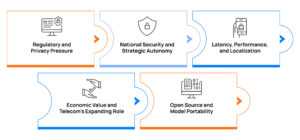
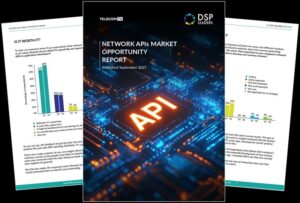
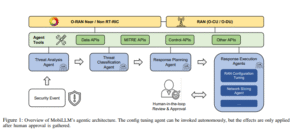
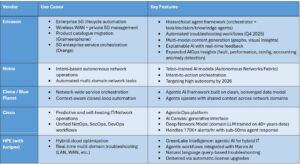
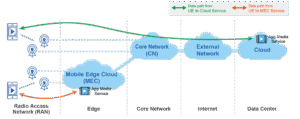
Be First to Comment